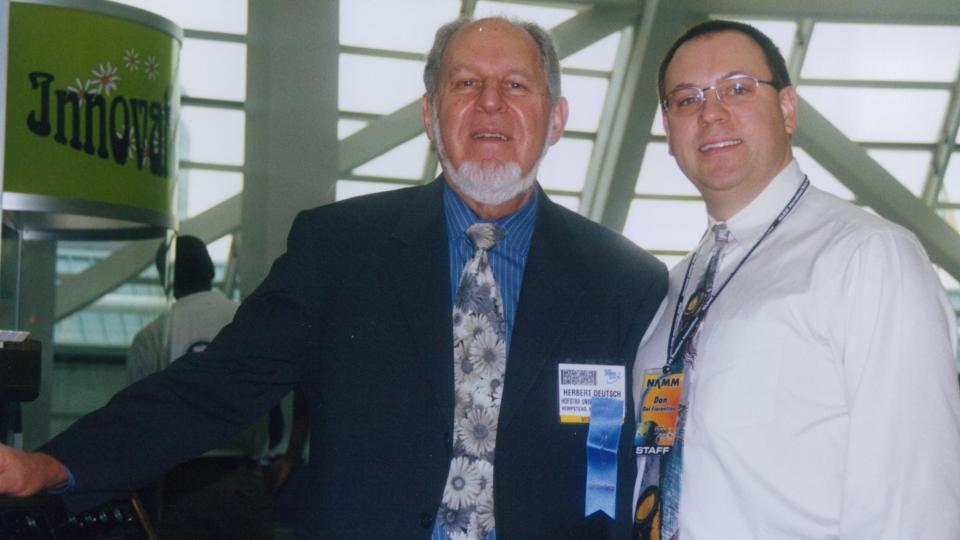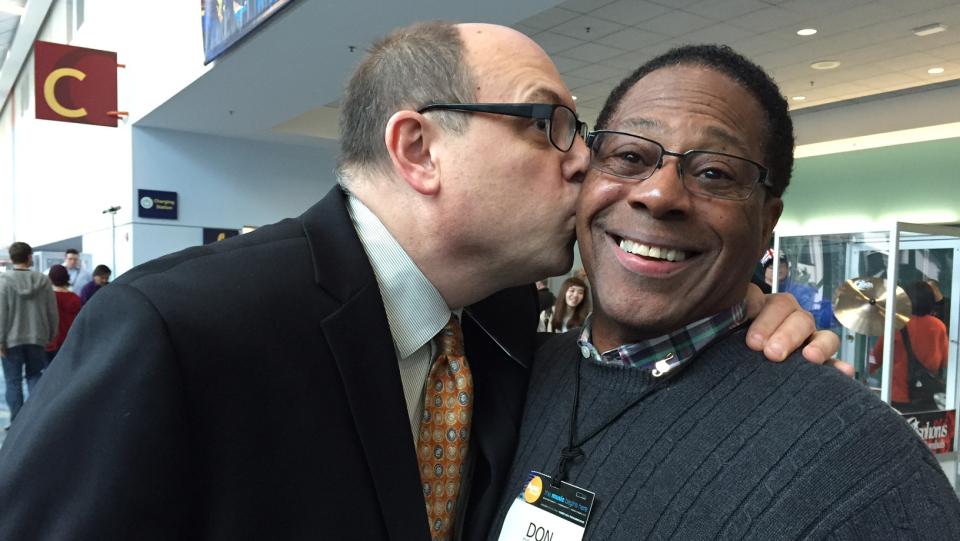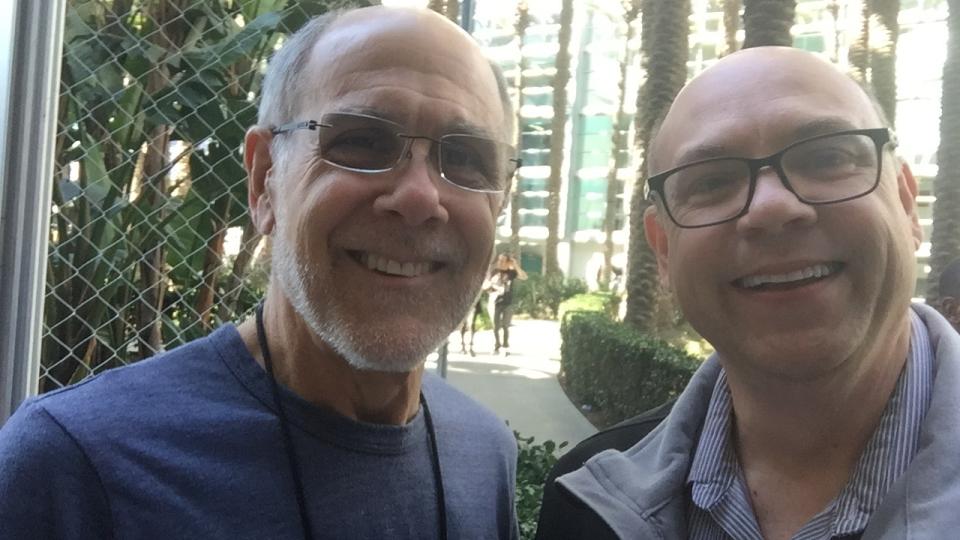Synthesizer Pioneers
For those interested in the development of the synthesizer, 2022 was a very difficult year. We lost pioneers who helped develop technologies that expanded musicians’ ability to create new and exciting sounds.
Herb Deutsch teamed up with his lifelong friend Bob to create the innovative Moog Synthesizer. Herb was a composer who sought to find new and unusual tones which he could incorporate within the music he wrote. It was a perfect partnership as they enjoyed their friendship and the process of building this new box of wires together.
Don Lewis was a musician first! Yet, coming in at a close second was his in-depth skills as an electrical engineer. When Don realized there was more potential for the mono synths if they could be played together, he realized he could create electronic sounds that could be played live while linking several synthesizers. His instrument was LEO (the Live Electronic Orchestra) which gave way to several products and paved the way for MIDI (Musical Instrument Digital Interface).
Dave Smith, like Don, was a pioneer in MIDI, and with his incredible ideas for sound creation, Dave established Sequential Circuits and invented the Prophet 5, a polyphonic synthesizer that forever changed the course of electronic music making.
We at NAMM feel blessed that all three men provided interviews with their insight for our Oral History program. Here are a few other notable leaders who helped expand the synthesizer, who also provided interviews for us, and who, sadly, also passed in 2022.
Gez Kahan a trade press journalist whose magazine MI Pro in the United Kingdom, helped us all better understand the advancements of the synthesizer during the late 1970s and into the 90s.
Kazuo Ishibashi worked for several companies in the R&D department, lending his knowledge and skills to enhance electronic keyboards and synthesizers during his incredible career.
Bill Cooper was an independent sales rep who brought cutting-edge musical products to his customers, the music retailer throughout the United States during the formative years of the synthesizer.
Thomas Lee, whose influential music retail business in Hong Kong was the first to provide several of the most popular synthesizers in Asia. His store, Tom Lee Music, is mentioned throughout the NAMM Oral History collection in the interviews of those who were first exposed to the synthesizer thanks to Mr. Lee.
Mike Lang was a sought-after session player in both the recording studios and movie studios in the early days of MIDI. He used technology to create special sounds for the right song or movie scene. He also, for this article, represents the many musicians who benefited from the ability to produce new and unique sounds on the synthesizer and used their musical magic to give the world something special.
Each will be missed and remembered for their role in the golden era of the synthesizer.
Dan Del Fiorentino
Music Historian


